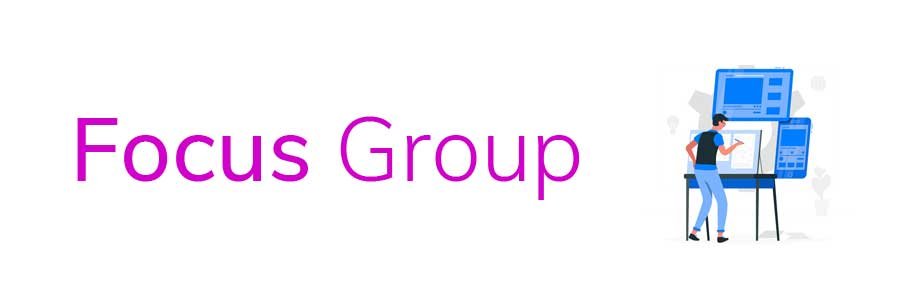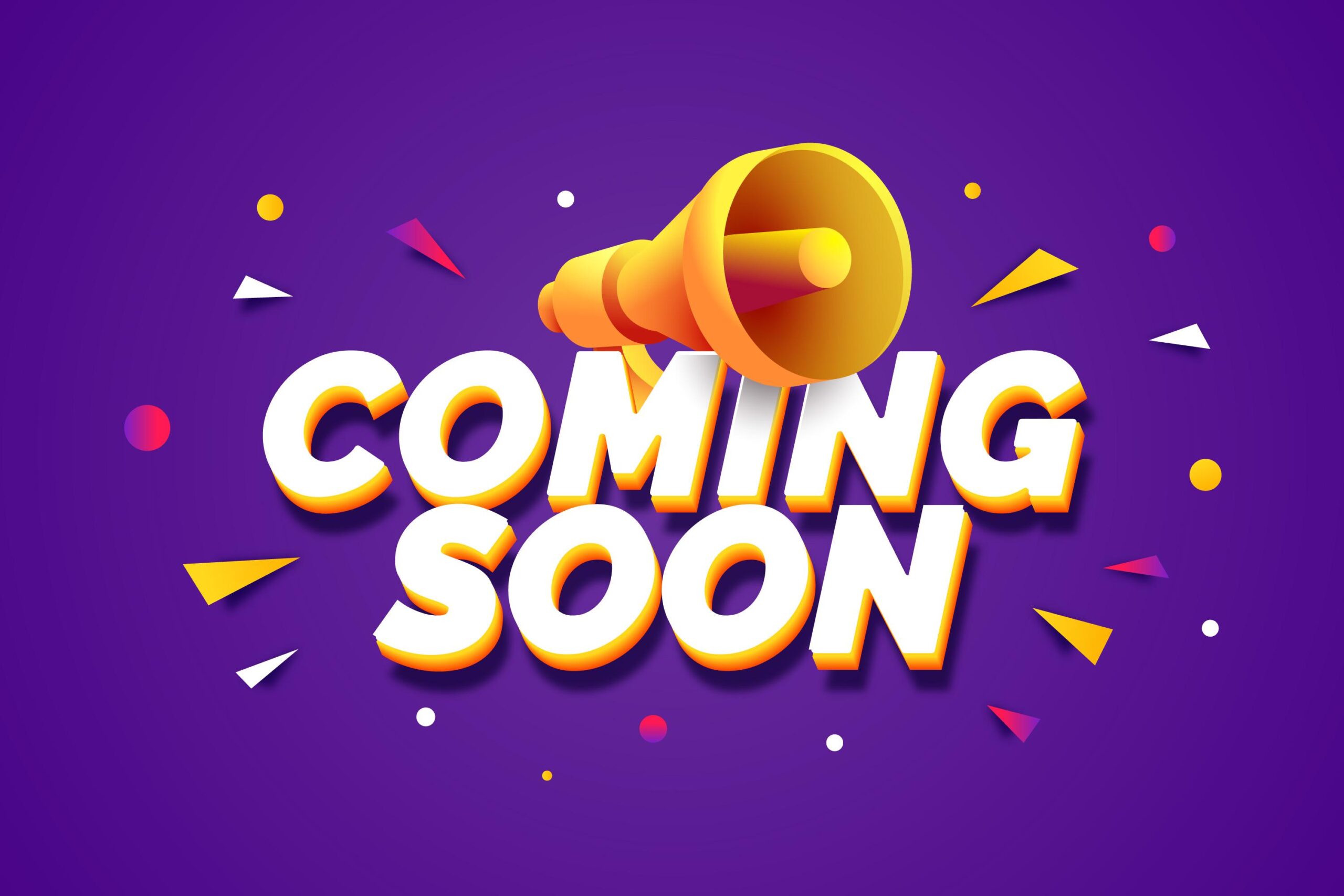
What’s a focus group?
A focus group is a set procedure utilized, commonly in marketing, to collect data on opinions or reactions toward a certain product or program. A focus group is generally comprised of several people and a moderator.
The moderator’s role is to set forward ideas to the group, steer the discussion towards related topics, and note any significant group responses. Focus groups may often be used to forecast product market approval and highlight any issues which need to be changed before a product goes to market.
Classifying Focus Groups
A focus group typically includes 5-12 people who possess certain traits about The subject of the group. A moderator or aide facilitates the Debate and creates an environment that promotes communication of They generally last for approximately one to 2 weeks. Group members are generally asked five or six questions. The conversation is then carefully examined to provide From the group. The qualitative information is used to build products, services, or opportunities that will meet customer needs.
What are the different types of focus groups?
Two-way focus group
In a two-way focus group, 1 group watches a different group response to the focus group questions. By hearing what the next team believes, this opens up more talks and might direct the next group to different decisions than those it might have attained without hearing the following group’s remarks.
Dual-Moderator Focus Group
In dual-moderator focus groups, two moderators are utilized: One moderator guarantees this session’s smooth development, while another moderator ensures that all subjects are covered. Discussions with no more than one moderator can occasionally veer away from the primary stage; 2 moderators can ensure a productive session.
Dueling-Moderator Focus Group
This dual-moderator focus group’s objective will be to facilitate new ideas by introducing new methods of believing and varying perspectives.
Respondent-Moderator Focus Group
The person requesting the Questions often affects participants’ responses; consequently, when Various men and women choose the moderator function, this raises the chances For diverse, more honest answers.
Mini Focus Group
A regular-size focus team has eight to 12 participants, even though a mini focus group utilizes four or five members.
Online Focus Groups
Participants respond and discuss information through online means. Online Focus groups are made to reach a wider range of participants.
How to conduct a focus group
Focus groups frequently occur following a brainstorming session where ideas for a new product or advertising effort are created. Then a bunch of individuals from a targeted merchandise crowd are accumulated. A moderator puts thoughts ahead into this team and asks for comments. Focus groups are most effective if a relaxed and comfortable setting is made. When the conversation is finished, the outcome of the focus group ought to be compiled and assessed.
Focus group pros
- Focus groups are a less costly means of getting information when compared with individual interviews.
- Participants can follow the answers of other participants and”feed each other.”
- The classes normally result in more information being accumulated, as participants have been given a chance to rebut each other.
- Compared with some qualitative surveys, these classes can collect more info regarding perceptions, perspectives, and experiences.
Focus Group Cons
- Group dynamics, like groupthink, can impair discussion.
- The team might be tricky to handle and control on account of the number of participants. It may introduce bias and influence the final result.
- Analysis of information might be time-consuming and hard.
- The team culture can intimidate or don’t energize participants, leading to poorer data collection.


